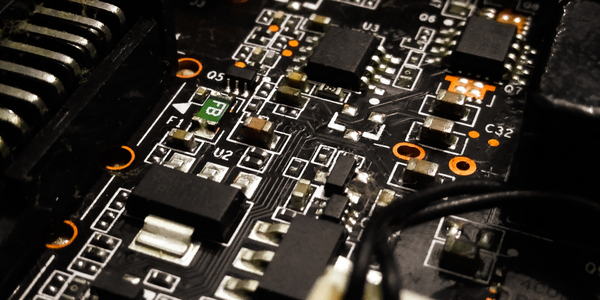Customer Company Size
Large Corporate
Region
- America
Country
- United States
Product
- IBM® Platform™ LSF®
Tech Stack
- HPC (High Performance Computing)
- Linux
Implementation Scale
- Enterprise-wide Deployment
Impact Metrics
- Productivity Improvements
- Brand Awareness
Technology Category
- Infrastructure as a Service (IaaS) - Cloud Computing
Applicable Functions
- Discrete Manufacturing
Use Cases
- Mass Customization
- Digital Twin
Services
- System Integration
About The Customer
The customer is a major Hollywood studio that produces high-quality family entertainment through the use of computer-generated (CG) animation. The company's world-class creative talent and technological capabilities allow it to deliver great stories, breathtaking visual imagery, and a sensibility that appeals to both children and adults. The studio is known for its high production values and the complexity of its animated films, which require significant computing power to render. The studio operates two facilities, each with approximately 2,000 CPUs, and employs up to 300 people, including animators and lighting technicians, who submit work and run models against the compute farm on a typical day.
The Challenge
The Hollywood studio produces high-quality family entertainment through the use of computer-generated (CG) animation. The company’s world-class creative talent and technological capabilities, allow it to deliver great stories, breathtaking visual imagery and a sensibility that appeals to both children and adults. However, the amount of computer time required to render animated films grows with each technological improvement. As such, HPC in the form of massive computer grids is a critical technology in CG film-making. The studio’s latest blockbuster, a children’s film required the equivalent of over 17 million processor-hours of computing time on some of the world’s fastest commercially available processors.
The Solution
The studio chose Platform LSF as the heart of the HPC environment that underpins the render-farm grid. Platform LSF manages 4,000 CPUs in two facilities, and vast numbers of jobs in a virtual computing environment that never goes down. Platform LSF allows all of the processors to act as a single, large shared render farm operated as two large Platform LSF clusters, each composed of approximately 2,000 CPUs. In addition to the dedicated server farm, animators and designers also have several hundred desktop computers running Linux at each major facility. Up to 300 people, including animators and lighting technicians, submit work and run models against the compute farm on a typical day. Overnight the desktop systems join the render farm, contributing several hundred more computers to the powerful grid computing infrastructure.
Operational Impact
Quantitative Benefit

Case Study missing?
Start adding your own!
Register with your work email and create a new case study profile for your business.
Related Case Studies.

Case Study
RobotStudio Case Study: Benteler Automobiltechnik
Benteler has a small pipe business area for which they produce fuel lines and coolant lines made of aluminum for Porsche and other car manufacturers. One of the problems in production was that when Benteler added new products, production had too much downtime.

Case Study
Electric/Hybrid Vehicle Propulsion System
Tecnalia is experienced in the automotive sector and in the development of controllers embedded in powertrain ECUs. Implementing three models that emulate the unavailable functioning and communications electronic control units (ECUs) for an electric/hybrid vehicle propulsion system.

Case Study
High Tech Case Study Dongyang E&P
To achieve global leadership, Dongyang E&P needed to improve collaboration between product development teams. The company already had a product lifecycle management (PLM) system in place, yet it needed a platform that would facilitate collaboration and improve problem detection before going to mass production.






